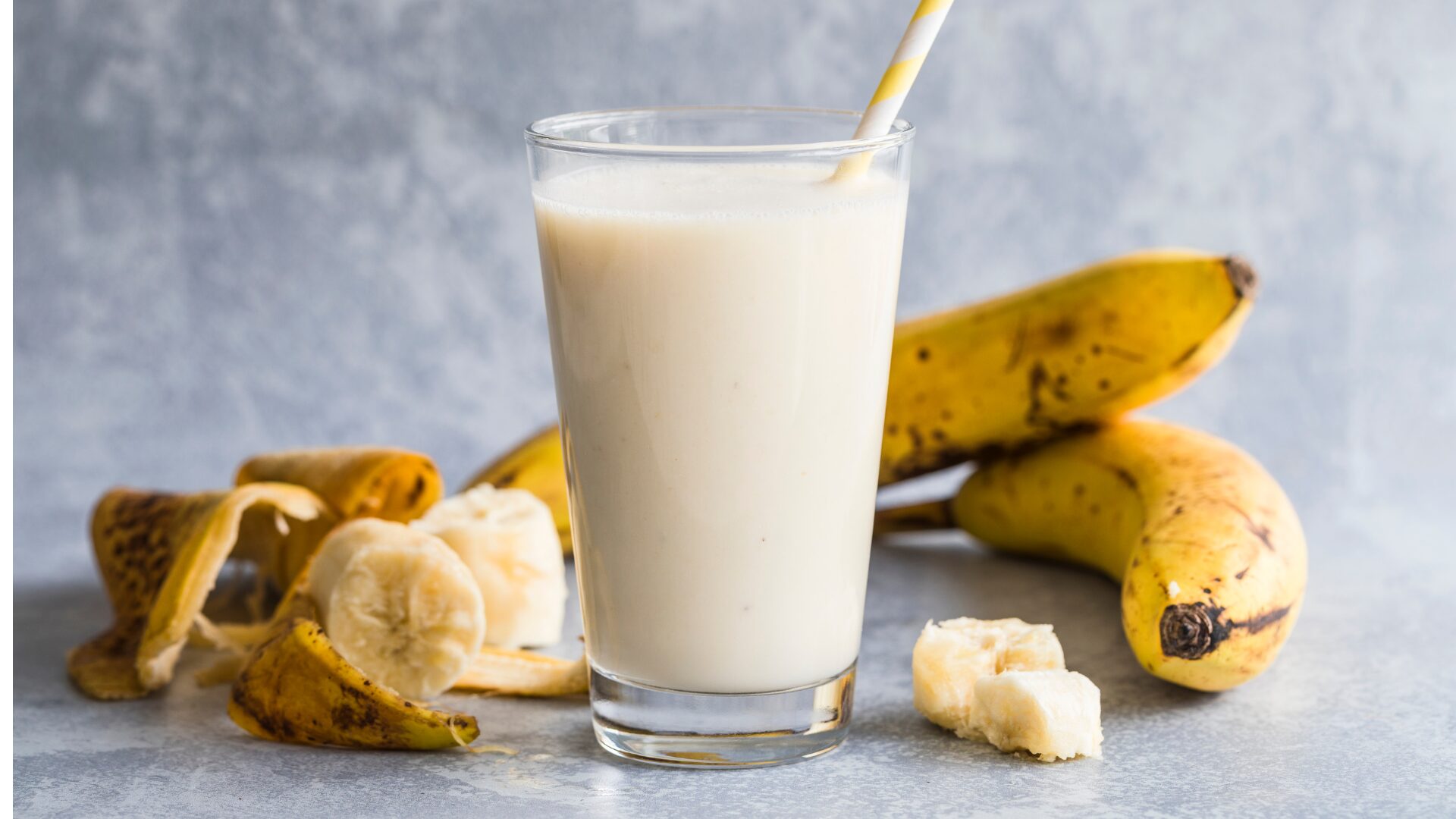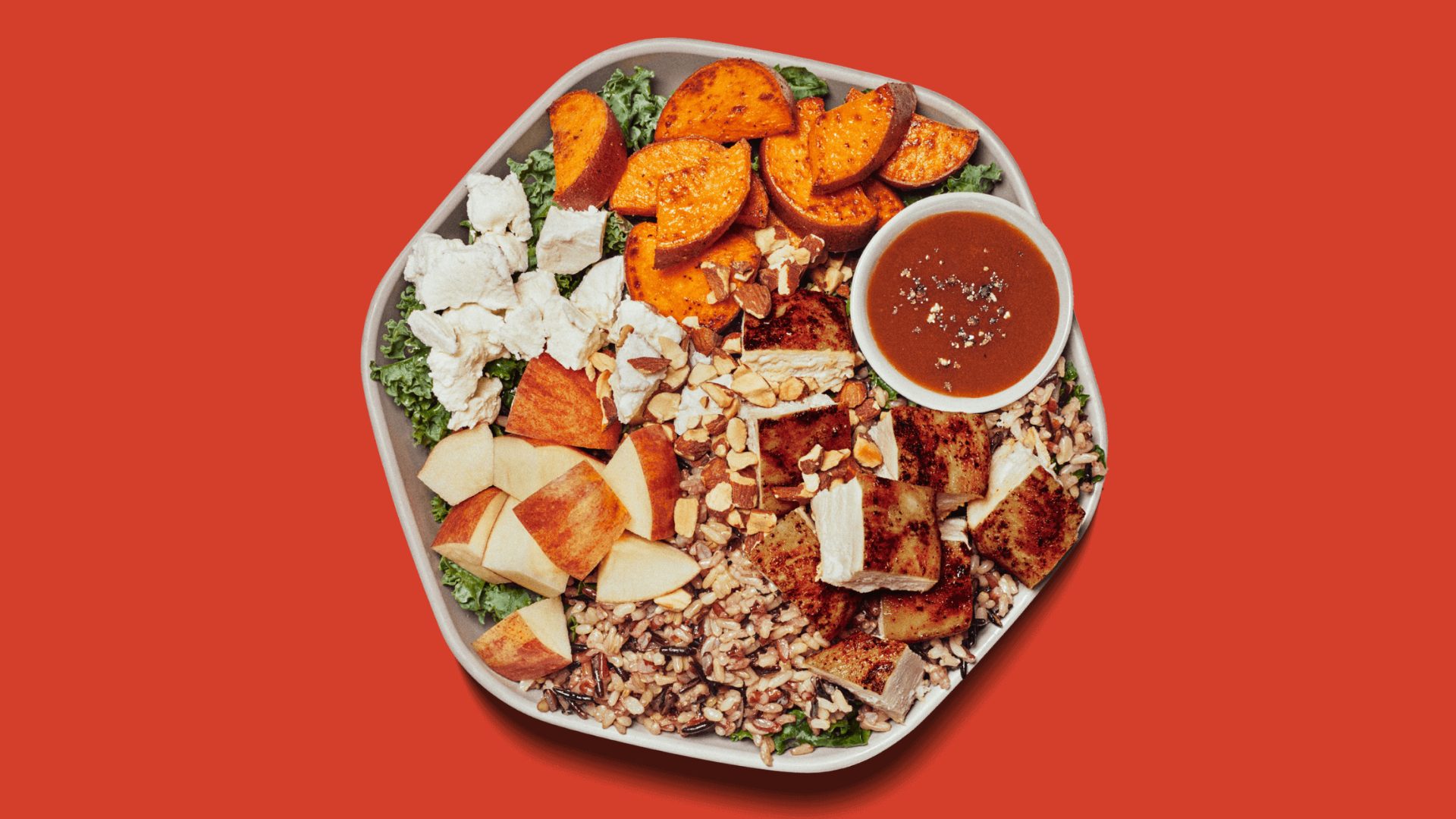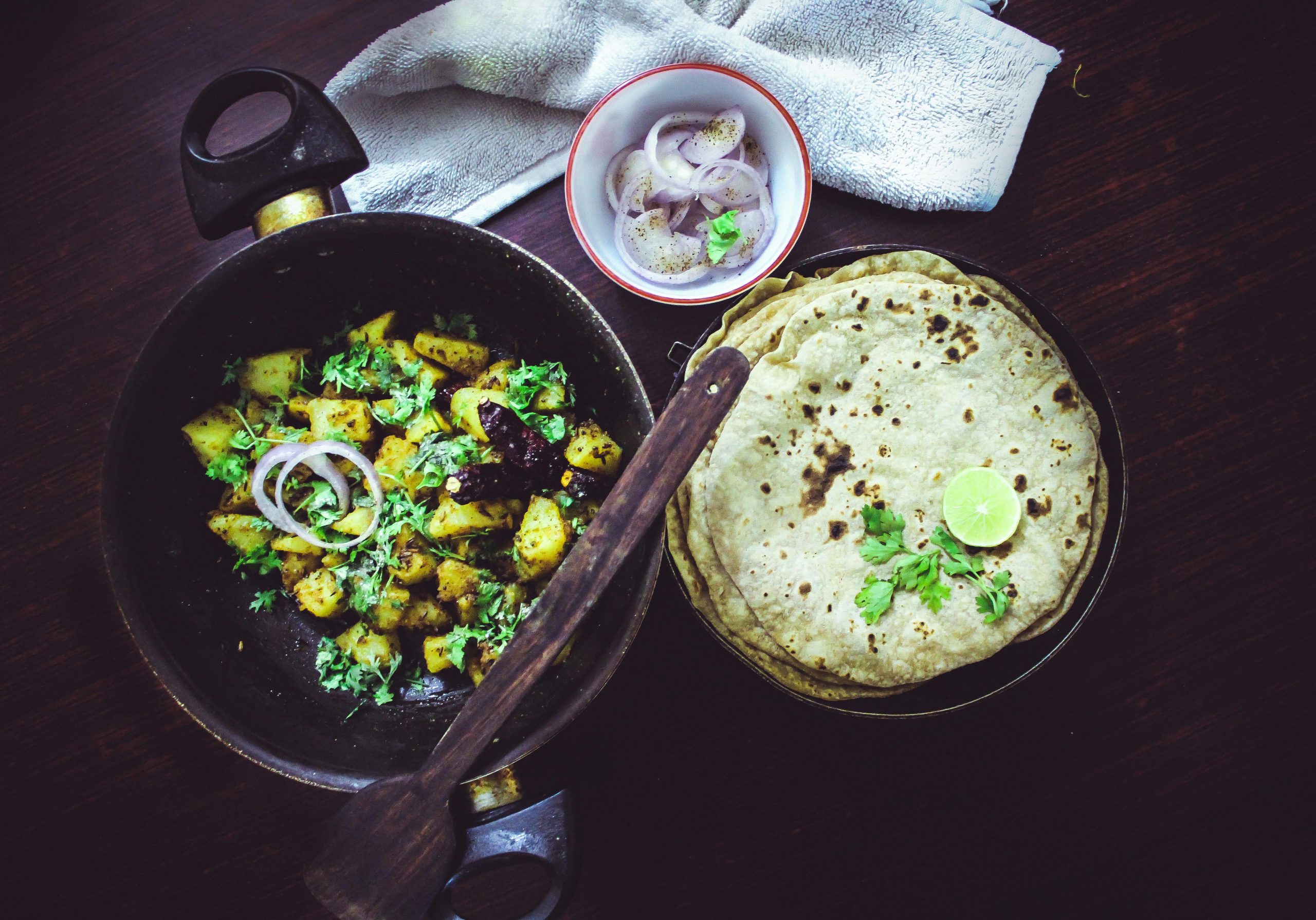These days, coffee enthusiasts are going bananas for, well, banana-flavored coffee drinks. According to Yelp’s latest Trend Tracker, searches for “banana bread latte” increased by an astonishing 6,267% year over year, while Yelp searches for “banana latte,” “banana cold foam,” and “banana coffee” rose 1,573%, 600%, and 348%, respectively.
“Banana coffee just makes people smile. It’s a little playful and totally taps into that nostalgic sweet spot. At the same time, it reflects bigger trends: global influence, cozy flavors, and the growing demand for coffee that feels like a treat,” Neil Bertucci, creative director at Ingredient, told The Food Institute
So, what’s been driving this viral flavor trend? Tara Lewis, Yelp Trend Expert, shared her take.
“As we’ve seen with trends ranging from mushroom coffee to tahini lattes, Yelp users are always looking for new ways to elevate their daily caffeine fix. In fact, Yelp forecasted that coffee flavors would take inspiration from global influences this year, and banana coffee – rooted in Korean banana milk – is a perfect example,” Lewis told FI.
Got Banana Milk? South Koreans Do
As it turns out, Americans aren’t the only ones who like to infuse milk products with fruity flavorings to make them a bit more enticing to drink. However, the choice of fruit varies among cultures. While chocolate milk and strawberry milk reign supreme in the United States, banana milk tops the South Korean flavor charts – and the South Korean government played an integral role in this phenomenon.
In a move to encourage citizens to drink more milk in the 1970s, the federal government called on Binggrae, a South Korean manufacturer of snacks and milk products, to develop Banana Flavored Milk. Why bananas? Because South Koreans considered bananas a luxury back then, so the government hoped consumers would start buying more milk just to taste the exotic fruit – and that they did.
Sales surged across South Korea and beyond shortly thereafter, with the U.S. becoming the first international market to embrace the product. Thanks to this development, banana milk sales skyrocketed from 700 million Korean won ($509,320 USD) in 2010 to 15 billion won ($10,914,000 USD) in 2013.
The trend really took off after Jung Kook, singer of the popular K-pop band BTS, was seen drinking it – and by June 2024, the beverage had earned the No. 3 spot on Amazon’s list of best-selling flavored milk products.
A Banana-Flavored Buzz
Now, banana milk is increasingly emerging in the coffee space – winning over both amateur and professional baristas.
“At Yelp, we’re seeing the trend evolve with viral recipes on social media, like banana bread lattes, where people mash a banana with brown sugar and cinnamon into their coffee,” Lewis said.
“We predict you’ll be seeing a lot more banana coffee drinks popping up this year, from big brands to local cafés, and in home kitchens,” added Lewis – and Leo Yuffa, the owner of the Colorado-based chain Dazbog Coffee, concurs.
“People are tired of caramel and pumpkin spice and are open to new flavors. From a retail perspective, this is a good way to offer seasonal or limited-edition items without going beyond the usual flavor profiles,” Yuffa told FI.
“Cold brew with fermented banana and cedar milk has quickly gained popularity. Also, more and more drinks are appearing in which banana is combined not only with coffee but also with proteins, spices, and alternative types of milk. For example, cold foam with banana and protein, banana-cinnamon latte, and drinks with an emphasis on texture due to puree and/or foam,” added Yuffa.
Even major brands like Starbucks have been hopping on the banana milk bandwagon lately, as the coffee giant is currently testing a banana-flavored protein cold foam, according to Lewis.
The Food Institute Podcast
Several economic headwinds indicate the consumer is being financially stretched, but we all need to eat – so what are consumers actually buying at the grocery store? Nik Modi of RBC returns to The Food Institute Podcast to discuss channel differentiation, consumer product selection, and other macro trends.












